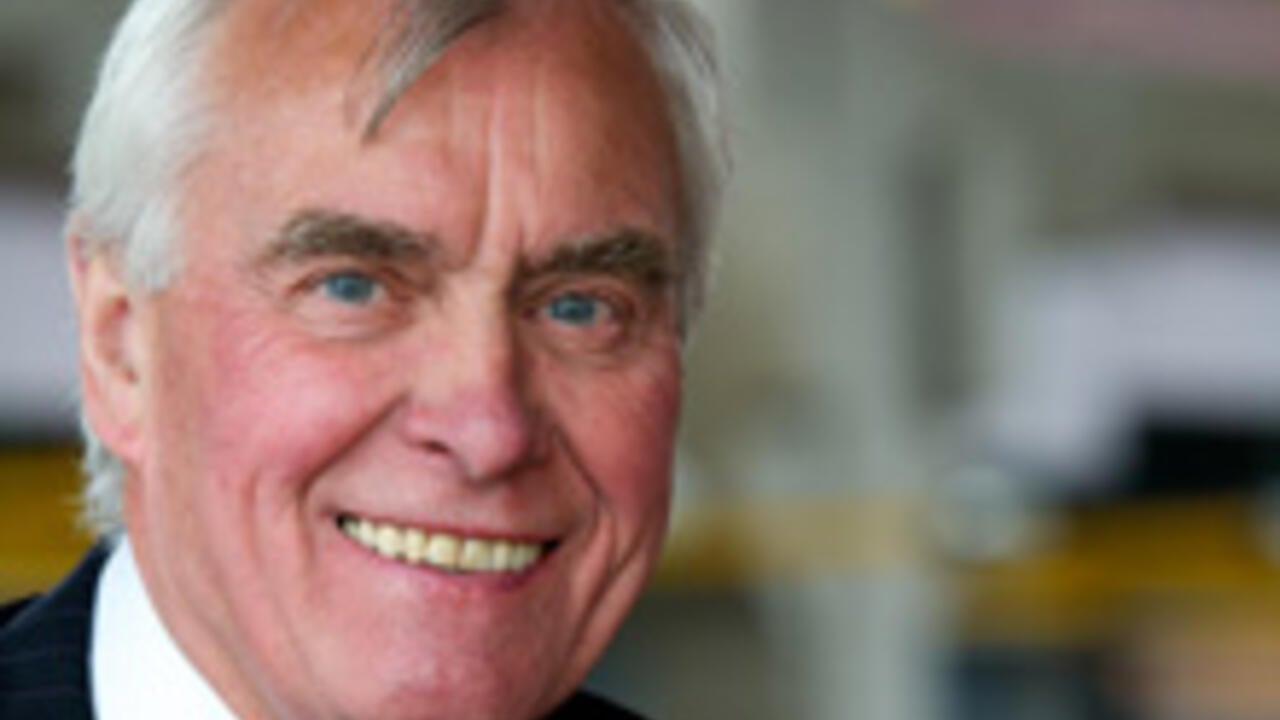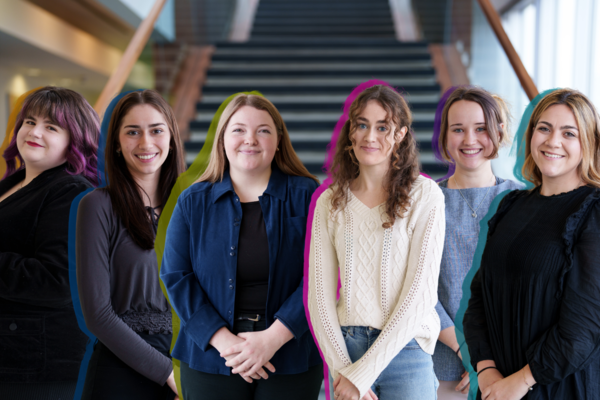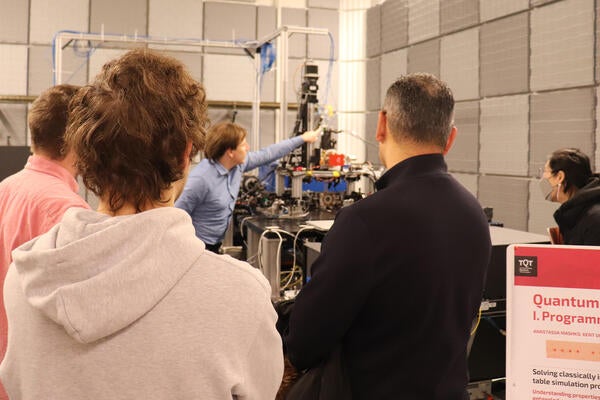 Arthur Carty charts his interest in chemistry back to the mouth of a coal mine in the northeast of England.
Arthur Carty charts his interest in chemistry back to the mouth of a coal mine in the northeast of England.
Miners, including his grandfather, would dump the contents of their headlamps onto a pile as they came out at the end of their shift. The lamps worked by mixing calcium carbide with water to create acetylene gas.
“As kids, we would love this,’’ says Carty, executive director of the Waterloo Institute for Nanotechnology (WIN). “We used to scrabble in that white heap for pieces of calcium carbide and do all sorts of delicious things with it. It was great fun on dark nights. That’s how I got turned on to chemistry.’’
His boyhood curiosity turned into a career that includes 27 years of teaching at Waterloo, 10 years as president of the National Research Council and a four-year term as Canada’s national science adviser to the prime minister — the first and only person to hold the job. He is an officer of the Order of Canada and holds 14 honourary degrees.
As the institute’s first director, Carty is responsible for moving the four-year-old WIN into the Mike & Ophelia Lazaridis Quantum-Nano Centre (QNC), and making the nanotechnology institute a big player in the world of the very small.
Tiny machines, big punch
The study of materials and devices built at the atomic scale, nanotechnology has already done such things as refined cosmetics and made super-hard coatings for jet fighters.
Tomorrow, tiny nano devices will deliver cancer-fighting drugs directly to tumours, without leaving behind dangerous side-effects. The QNC “will be a place where new frontiers of research and development, and education and innovation, will be advanced,” says Carty.
The new building brings most of Waterloo’s work in nanotechnology research under one roof, Carty says, and becomes “home base” for Waterloo’s Co-op Nanotechnology Engineering Undergraduate Program.
And there is a big advantage in sharing the space with the Institute for Quantum Computing, he says: Achievements in quantum computing — taming atomic bits to process masses of information — will run on nano devices.
The possibilities seem as endless today as they did decades ago, when inquiring minds set out after dark in an English coal-mining town.

 Arthur Carty charts his interest in chemistry back to the mouth of a coal mine in the northeast of England.
Arthur Carty charts his interest in chemistry back to the mouth of a coal mine in the northeast of England.






